Click to Skip Ahead
Note: This article’s statistics come from third-party sources and do not represent the opinions of this website.
Veterinarians are dedicated to keeping the world’s pets and animals healthy, and to many animal lovers, they’re respected and trusted more than politicians or religious leaders. Veterinarians spend 8 to 12 years training for their careers. When they finish their studies, they enter a job market that’s overloaded with high-demand positions.

The 15 Veterinarian Statistics
- Total enrollment of students in U.S. veterinary colleges was 15,157 for the 2022-2023 academic year.
- As of 2024, the average annual salary for a veterinarian is $165,527.
- There are 32 colleges of veterinary medicine in the U.S. today.
- There are 46 AVMA-recognized veterinary specialties in the U.S.
- In the 2022-2023 academic year, 4,000 students enrolled in U.S. veterinary colleges for the first time ever.
- 83.9% of veterinarians work in private practice.
- From 2020 to 2030, veterinarian employment is expected to grow 17%.
- As of 2023, 47 states in the U.S. are experiencing veterinarian shortages.
- California employs more veterinarians than any other state.
- The metropolitan area with the highest-paid veterinarians is Urban Honolulu, Hawaii.
- Americans spent $136.8 billion on vet care and pet products in 2022.
- In 2023, it was estimated that 69.1 million households owned dogs, and 46.5 million Americans owned cats
- Average vet visits for dogs cost $242, and for cats, the cost is $178.
- In 2023, approximately 2.2 million dogs and 2.6 million cats were adopted.
- Veterinarians experienced lower employment during the pandemic than other professions.
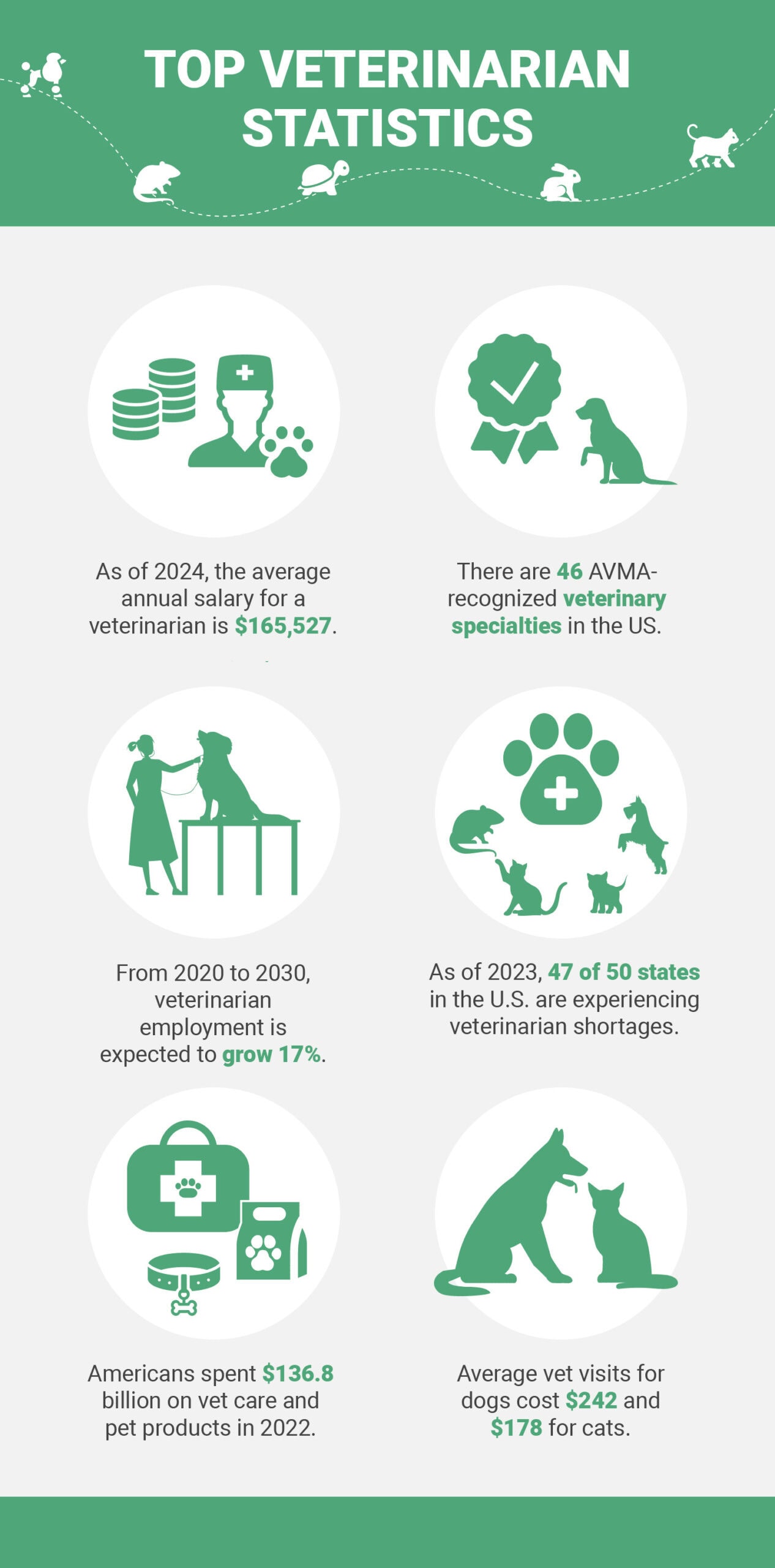

Veterinary Education Statistics
1. Total enrollment of students in U.S. veterinary colleges was 15,157 for the 2022-2023 academic year.
(AVMA)
The total number of students enrolled in veterinary colleges was 11,255 in the 2012-2013 academic year. This increase is partially attributable to existing veterinary colleges increasing their class sizes as well as new veterinary colleges opening up that will be graduating their first classes between now and 2025.

2. As of 2024, the average annual salary for a veterinarian in the U.S. is $165,527.
(Zip Recruiter)
A veterinarian with a salary equal to the national average makes $80 an hour. Wages in the U.S. vary significantly depending on the state. Some are as low as $49,500 or as high as $294,000. Metropolitan areas have the highest concentration of veterinarians, and rural regions have the lowest. Rural towns struggle to retain and hire qualified vets, but since the pay is so much higher in cities, most graduates look for jobs in bigger markets.
3. There are 32 colleges of veterinary medicine in the U.S. today.
(AAVMC)
The U.S. has more highly-ranked veterinary colleges than any other country in the world. Although the top universities are proud of their rankings, each school focuses on different aspects of veterinary science. Rankings are less critical to pre-vet students than the concentration they’re interested in. For instance, a student interested in equine practice, zoological medicine, or small and exotic animal practice might choose to go to North Carolina State University because they offer those specialty programs. California, Tennessee, and Alabama are the only states with more than one veterinary school.
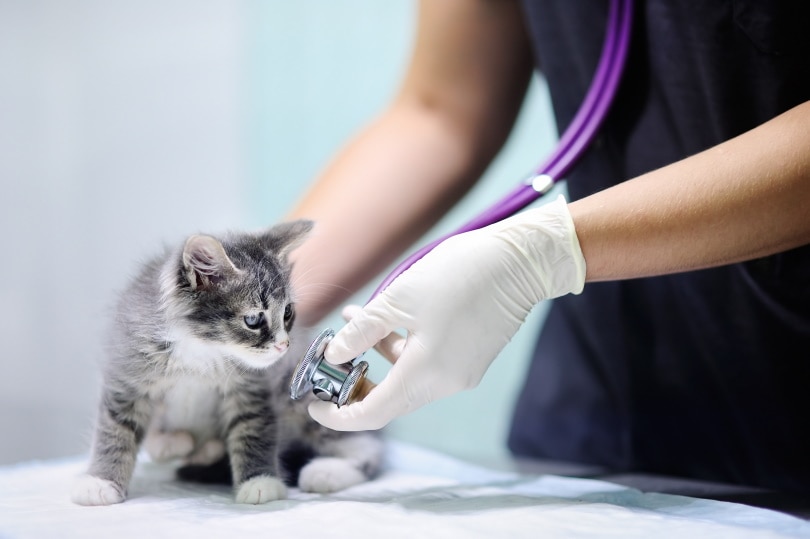
4. There are 46 AVMA-recognized veterinary specialties in the U.S.
(AVMA)
After completing graduate school, some veterinary students choose to continue their studies to become board-certified veterinarians. While most students apply for private practice positions, others are motivated by the increased pay and complexity of specialty fields. To become a veterinary specialist, students typically complete a 1-year internship and then work under board-certified specialists for 2 to 3 years. Some of the specialist positions include small animal internal medicine, oncology, anatomic pathology, virology, and parasitology.
5. In the 2022-2023 academic year, 4,000 students enrolled in U.S. veterinary colleges for the first time ever.
(AVMA)
In 11 years (2012-2023), the number of first-year vet students increased by 2.7% per year, for a total increase of 37.7% over that entire 11-year span. Again, this can be attributed to growing class sizes and the opening of more veterinary colleges.

Veterinary Careers Statistics
6. 83.9% of veterinarians work in private practice.
(AVMA)
This number accounts for all practicing veterinarians that are 75 years old or younger. Around 42% actually owned their own practice, while others were just private practice associates. Younger veterinarians and female veterinarians were less likely to own their own private veterinary practice.
7. From 2020 to 2030, veterinarian employment is expected to grow 17%.
(BLS)
Undergraduate students working towards a veterinary degree face a competitive environment, but after completing 4 to 8 years of graduate studies, they enter a job market that’s full of high-demand positions. Each year, the projected openings for veterinary-related positions are around 4,400.

8. As of 2023, there were 47 states in the U.S. experiencing veterinarian shortages.
(USDA)
According to the USDA, over 500 US counties were underserved by veterinarians in 2023. The most significant shortages in the country are in rural communities. Veterinarians working in mixed practices have struggled with a smaller staff and finding new employees to fill in for retiring veterinarians. Farmers and agricultural experts are not optimistic that the shortage issues will be resolved anytime soon. Veterinarians working in agriculture face heavy workloads and long hours. Like medical doctors, rural mixed practice vets are always on call and often skip important events andholidays to treat farm animals.
9. California employs more veterinarians than any other state.
(BLS)
As of April 2023, California employed 7,770 veterinarians, Texas employed the 2nd highest number of veterinarians at 5,580. The District of Columbia employed the fewest number of veterinarians in the country.
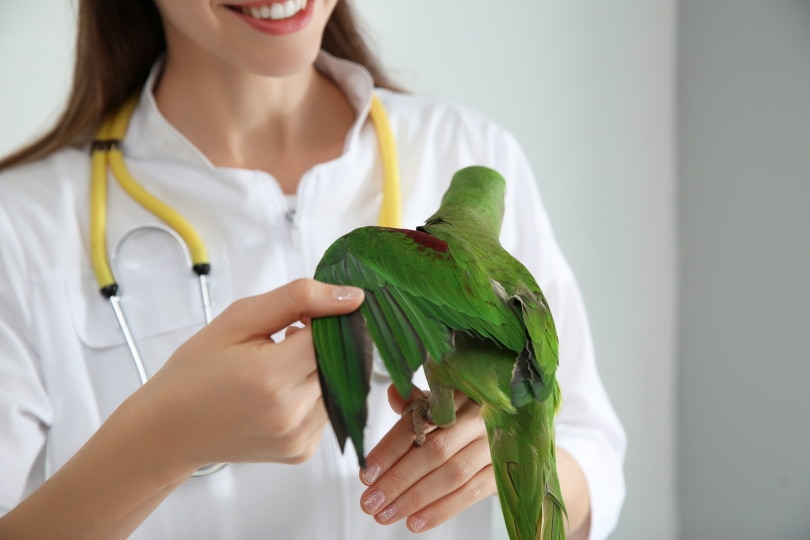
10. The metropolitan area with the highest-paid veterinarians is Urban Honolulu, Hawaii.
(BLS)
The Honolulu metropolitan area employs veterinarians with an average mean wage of $170,520. By the hour, veterinarians in this area make $81.98. The non-metropolitan area with the highest-paid veterinarians is Southwest Minnesota; their veterinarians make $167,760 annually.
Veterinarians and Pet Parents Statistics
11. Americans spent $147 billion on vet care and pet products in 2023.
(APPA)
The total estimate that U.S. pet owners spent on their pets in 2023 was $147 billion. The total includes pet product expenditures, vet care, OTC medicine, grooming, training, boarding, and walking services. The U.S. spends more on pet products and veterinary services than any other country. The group that spends the most on pet care is millennials, followed by baby boomers and generation Xers. Citizens of Great Britain spend the 2nd highest amount on their pets.
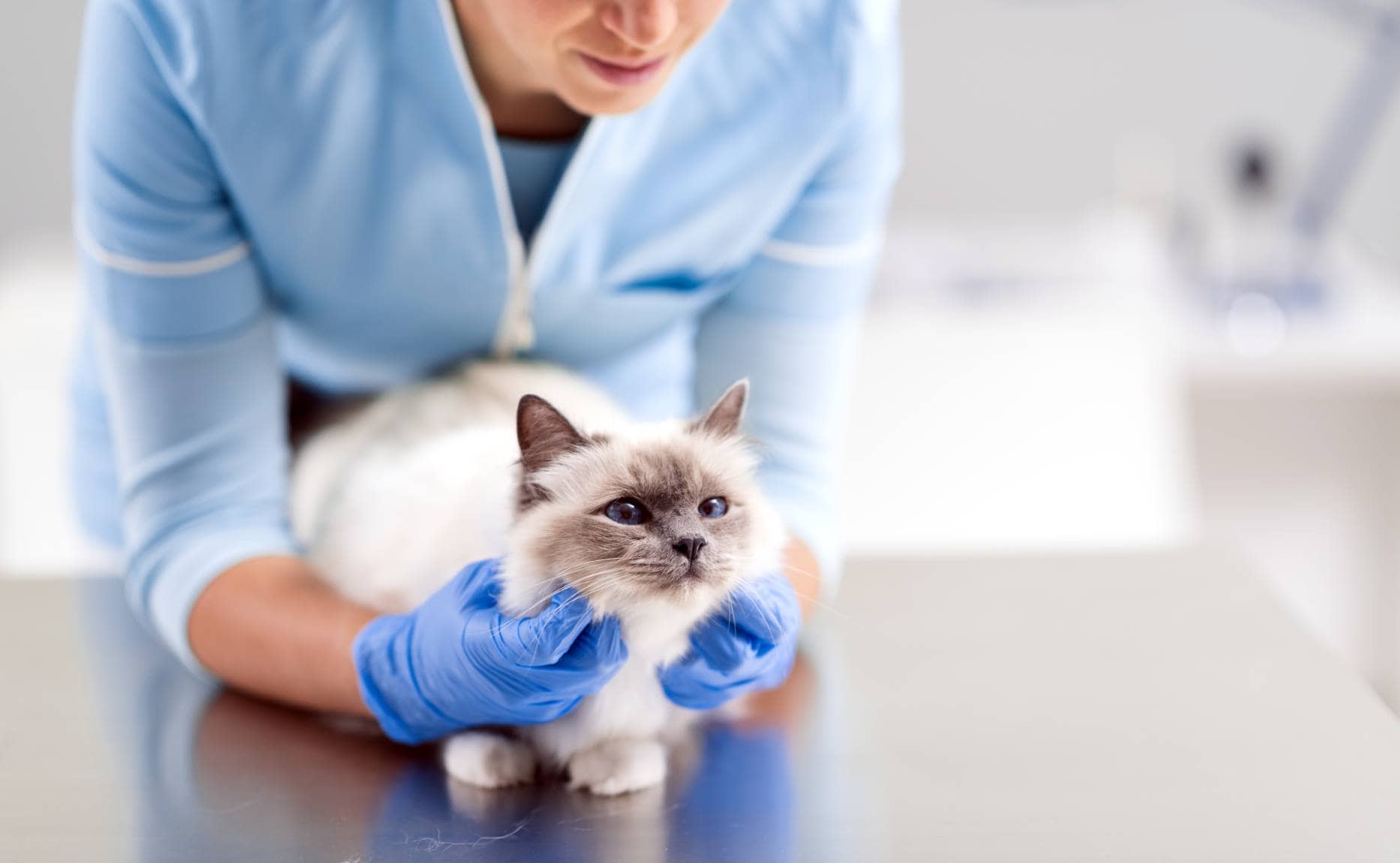
12. In 2023, it was estimated that 69.1 million households owned dogs, and 46.5 million Americans owned cats.
(Statista)
More pet lovers prefer dogs. Because of their popularity, more products, publications, and specialists are available for dog owners than cat lovers. The next most popular pets are fish, small animals, birds, reptiles, and horses.
13. Average vet visits for dogs cost $242, and for cats, the cost is $178.
(APPA)
Although dogs are generally more expensive to treat than cats, some smaller breed dogs can be cheaper than high-maintenance cat breeds. Compared to dogs, cats have lower first-time costs, consume less food, and are more affordable to board. Adoption fees are also higher for dogs than cats.

14. In 2023, 2.2 million dogs and 2.6 million cats were adopted.
(Shelter Animals Count)
The figures for dog adoptions seem like high numbers, but they’re much lower than the figures for 2019. Adoptions for dogs in 2023 are 5% lower than 2019, but adoptions for cats increased by 14% compared to 2019.
15. Veterinarians experienced lower unemployment during the pandemic than other professions.
(AVMA)
Unlike many professions around the world, veterinarians maintained lower unemployment rates in 2020. Vet clinics quickly restructured their operating procedures to treat pets during the pandemic, and they were able to continue services by keeping waiting rooms empty and only allowing pet parents to drop off and pick up their animals. Vet offices faced employee shortages like other professions, but luckily, they were able to help pets and their concerned owners even though the world was in turmoil.
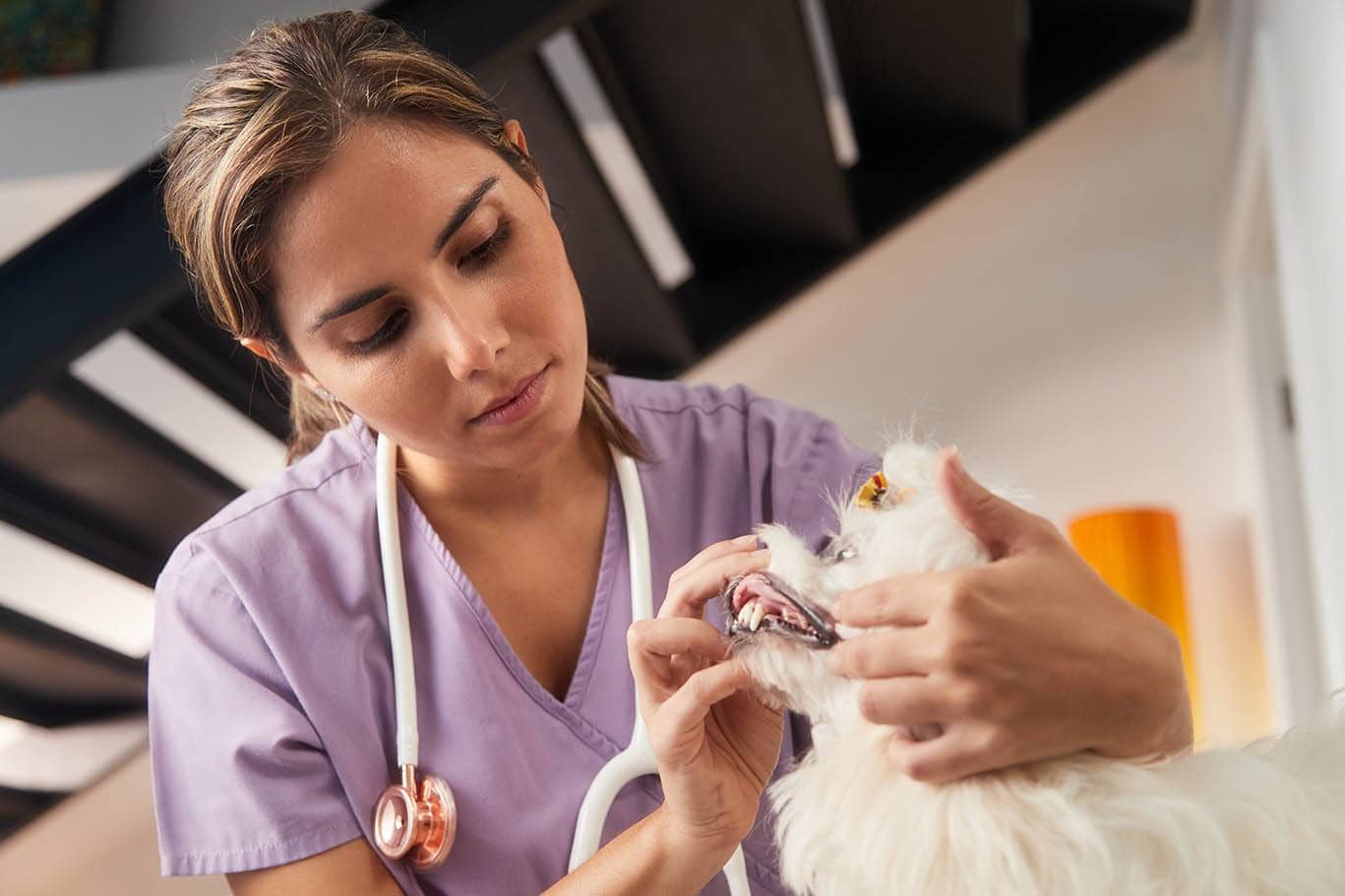

Frequently Asked Questions About Veterinarians
What are the highest-paying veterinary specialties?
(ZipRecruiter)
As of March 2024, the highest-paying veterinary specialties are a veterinary radiologist, with a salary range of $92,000–$287,000 per year, and an emergency veterinarian, with a salary range of $176,500–$219,500 per year. Veterinary radiologists evaluate CT, MRI, and ultrasound scans, while emergency veterinarians works at an animal hospitals or may make in-person visits to farms and other animal facilities, typically handling emergency situations.
How many veterinarians are employed by the government?
(FDA)
According to the Food and Drug Administration (FDA), the U.S. government employs over 2,000 veterinarians, but the number is closer to 3,000. Over half of the government’s veterinarians work with the Department of Agriculture. Some of the non-agricultural positions include studies with NASA and caring for exotic animals at the National Zoo.

How many animals do veterinarians save a year?
(AVMA)
An accurate figure on the total number of animals saved every year is unknown, but data shows that dog owners visit their veterinarians more frequently than cat owners. In its most recent study that tracked veterinary visits from 2011-2016, the AVMA discovered that 82.8% of dog owners and 54.3% of cat owners visit the veterinarian at least once a year.
How many veterinarians are there in the U.S.?
(AVMA)
According to the latest report from the AVMA, the U.S. employed 127,131 veterinarians as of December 2023. Of the total figure, 41,253 were male, 85,337 were female, and the rest did not specify a gender.
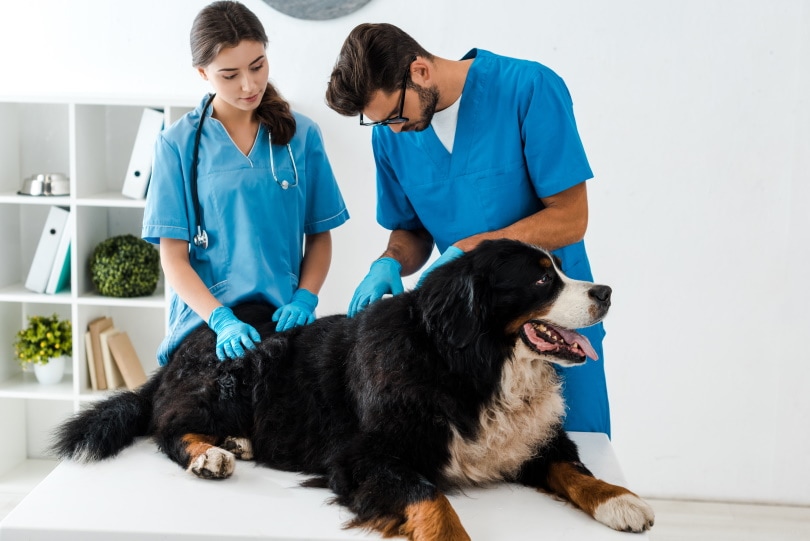

Conclusion
Veterinarians make an enormous impact on the lives of animals and their caretakers. Even with job shortages, long hours, and a global pandemic, veterinarians have managed to prioritize the health of animals above their own. For the majority of pet owners, animals are considered family members, and each one is undoubtedly thankful that veterinarians work tirelessly to protect their loved ones.
See Also:
- What Is the Average Cost of a Vet Visit for a Dog?
- Looking for an Online Veterinarian Writing Job? – We’re Hiring!
Featured Image Credit: Syda Productions, Shutterstock







